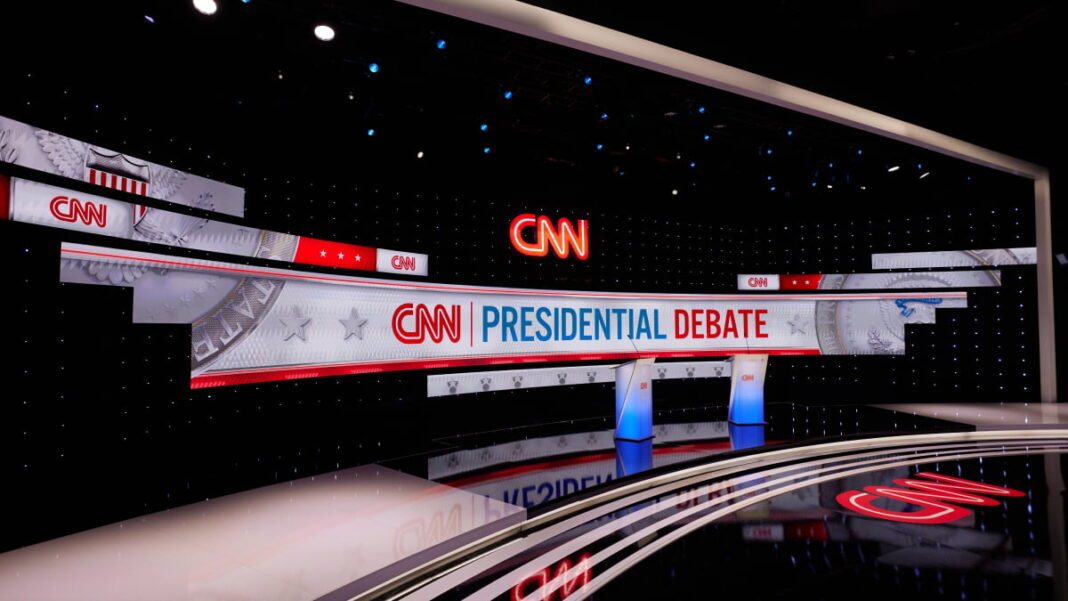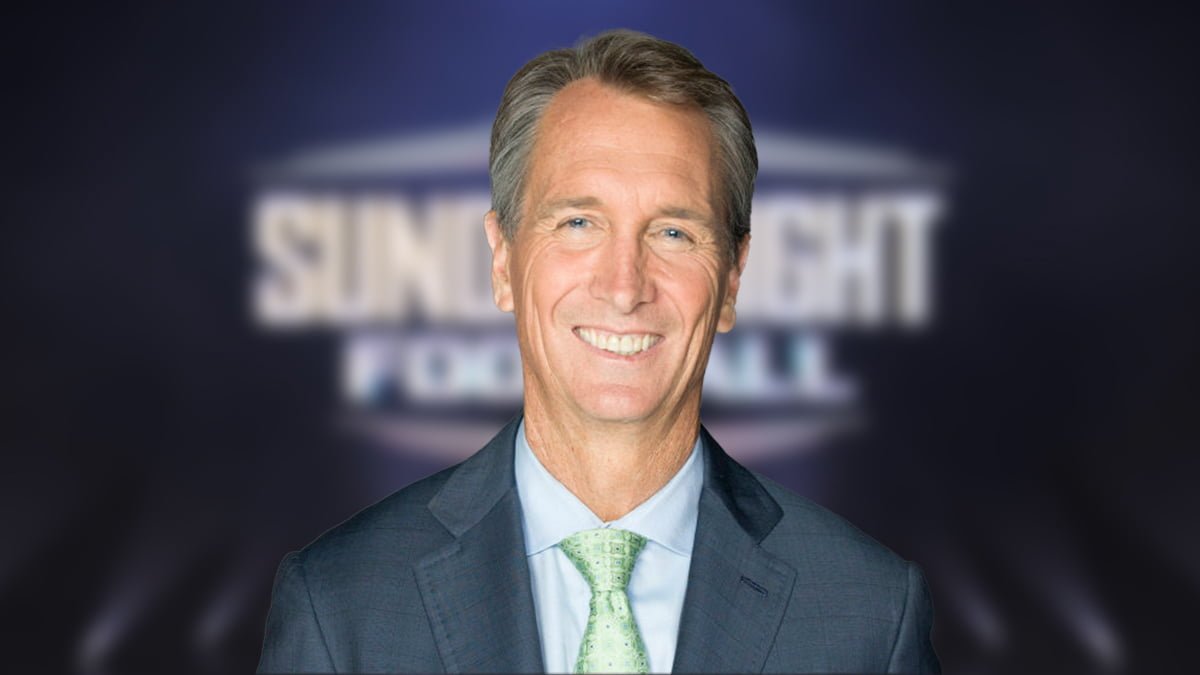Cable and network news television outlets are working in conjunction more and more frequently, especially in big moments. And truth be told, I think news/talk radio needs to follow a similar path.
When CNN announced it had secured a presidential debate earlier this year, it raised eyebrows by saying it would be available to simulcast by other networks. Conventional wisdom says that was a bad idea, because the debate could have, should have, and would have been a ratings and revenue triumph that the network could have kept all to itself.
Instead, it shared the debate — under certain guidelines that still gave it top billing no matter where you watched — with virtually every television outlet imaginable. ABC News followed suit, and now various simulcast plans have been announced for the CBS News Vice Presidential Debate scheduled for next week.
There is a tried and true adage that I firmly believe: A rising tide lifts all boats. And I think that’s on display with the presidential debates. News television has recognized that the game is changing, and it’s changing rapidly. In a dog-eat-dog world, we all have to look out for one another.
I don’t know if there is a specific instance — like a high-profile presidential or vice presidential debate — that requires news/talk radio to work together, but I know that the industry often has the exact opposite thought process and mindset. It’s slightly changing, as seen with the decision by Audacy to lease the 880 AM signal in New York to competitor Good Karma Brands. That’s a step in the right direction, but there needs to be more.
For instance, many know the statistics surrounding the proliferation of AM/FM radio usage by the general public. But as an industry, we’ve done a poor job telling that story. If you were to poll a random person on the street, or even an advertising professional, I would be willing to bet you they’d underestimate the percentage of people who use radio daily or weekly. By a lot. And why is that? Because we haven’t told our story.
In a similar question, if you asked how many Americans still listened to AM radio weekly, I bet that figure is probably underestimated by the average person.
Frankly, I don’t think this is a news/talk radio problem as much as it’s a radio industry issue.
But ultimately, doesn’t it benefit all of us to get on the same page and pull in the same direction? Wouldn’t it benefit groups like iHeartMedia, Audacy, and Cumulus just as much as it would Adams Radio Group, NRG Media, and Max Media to share with marketers radio’s success, its story, and why they should place more of their advertising budgets with a medium that features affordability, accessibility, and availability?
If a rising tide lifts all boats, wouldn’t it make sense for all of the boats to do everything in their power to lift the tide? Doesn’t that make logical sense?
To use another idiom, the squeaky wheel gets the grease. And in recent years, there have been a lot of squeaky wheels. Digital, podcasts, FAST, YouTube, and I could go on. And when they all burst onto the scene, they made noise and showed off as the shiny new toy in the marketplace. Radio, meanwhile, has taken the Ferarri approach. Have you ever seen an advertisement for Ferrari? Neither have I.
Instead, I think radio needs to take the Toyotathon or Happy Honda Days approach. Let’s beat potential advertisers and marketers over the head with our message. If we believe radio advertising provides a top-of-mind position, let’s make the position that hundreds of millions of people use terrestrial radio every day.
Furthermore, I think news/talk radio should band together to become a major player on the political stage by demanding more access to candidates and by proposing more debates, but that’s a different column for a different day.
If news television networks — who have been in ratings battles on a national scale for decades, and just as long as heritage radio brands in major markets — can put aside their differences to recognize the importance of providing high-profile content to as many viewers as possible, can’t the radio world band together to help benefit the industry for years to come?
I’d like to think the answer to that question is “Yes.” Someday, I hope I know the answer is “Yes.”

Garrett Searight is Barrett Media’s News Editor, which includes writing bi-weekly industry features and a weekly column. He has previously served as Program Director and Afternoon Co-Host on 93.1 The Fan in Lima, OH, and is the radio play-by-play voice of Northern Michigan University hockey. Reach out to him at Garrett@BarrettMedia.com.









